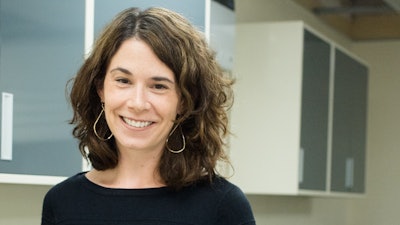
As part of a series featuring women in the concrete industry, Concrete Contractor has queried a few individuals to represent various aspects of the job and share their points of view on the industry. We connected with Dr. Maria Juenger, Vice President of the American Concrete Institute over email for a few questions.
Dr. Maria Juenger is a Professor and Ernest Cockrell, Jr. Centennial Chair in Engineering #2 in the Fariborz Maseeh Department of Civil, Architectural, and Environmental Engineering at the University of Texas at Austin. Dr. Juenger’s teaching and research focus on materials used in civil engineering applications, with an emphasis on chemical issues in cement-based materials. Dr. Juenger is a fellow of the American Concrete Institute (ACI) and the American Ceramic Society (ACerS) and currently serves as Vice President of ACI. Dr. Juenger received her B.S. degree in Chemistry and Spanish from Duke University and Ph.D. in Materials Science and Engineering from Northwestern University. After completing her Ph.D., she was a postdoctoral researcher in Civil Engineering at the University at California, Berkeley before coming to the University of Texas at Austin.
Q. What got you interested in the concrete industry?
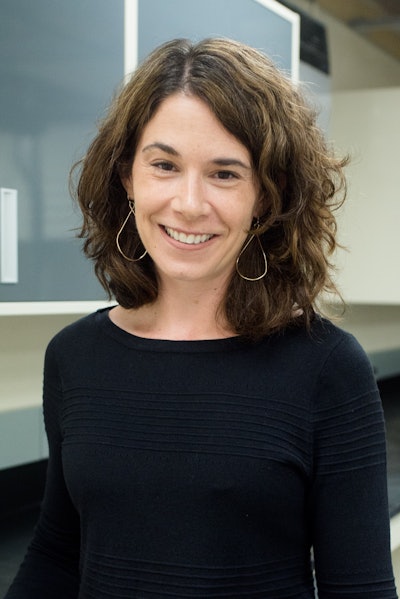 Dr. Maria Juenger, Vice President of the American Concrete InstituteAmerican Concrete Institute
Dr. Maria Juenger, Vice President of the American Concrete InstituteAmerican Concrete Institute
I started working in cements when I did my PhD at Northwestern University in Materials Science and Engineering, about 30 years ago. I was working with cement hydration and microstructure at that point, and I became increasingly interested in concrete at all scales when I joined the University of Texas at Austin. There are so many different areas of research in concrete, including structural engineering and construction, and so many different approaches.
Q. How is 2024/2025 different as compared to years past?
Since I’m at a university, my experience with the concrete industry is different than those working directly in it every day. In my role as an educator and mentor, I help students from diverse backgrounds find careers that are satisfying and rewarding. The concrete industry has a lot of career paths available, some of which have been historically more welcoming to women than others. I’m happy to say that I see our female students find welcoming work environments in the concrete industry, and I think it will be increasingly so.
I have seen in 2024-2025 a greater emphasis on embracing women in the industry, especially through efforts from groups like Women in ACI and the Women in Concrete Panel at the ACI Fall convention in Philadelphia. This panel provided a forum for open discussion of obstacles women encounter in the industry and how to overcome them. It was really encouraging to hear the stories from the panel and the support and advice they gave the participants. I hope we see more of these types of events moving forward, and I hope we can broaden it beyond just women and can support more people from underrepresented groups in our industry.
Q. What were the biggest challenges you’ve faced? How had you overcome them?
I think the biggest challenge for many people can be self-doubt and confidence, especially when put in a new situation like a new job or new role where you have to adapt and learn quickly. This can happen often in the industry when you have new projects. My strategy is to not worry about perceived obstacles and challenges ahead of time, where you are essentially creating imaginary obstacles for yourself. I try to enter new situations fully prepared, when possible, armed with information and support from a team. A little bit of worry is a good thing because it helps you become prepared. A lot of worry can undermine you.
Q. What’s happening right now that is getting more women involved in concrete work?
We are seeing more and more female students interested in civil engineering and in concrete industry management programs. Our undergraduate civil engineering program at the University of Texas at Austin is about half women right now. The Women in ACI reception attendance increases every year because of an increasing number of female students and young professionals in the industry. It’s well known that having strong positive role models and mentors helps in recruiting people from diverse backgrounds. As more women join the industry and reach leadership positions, more women will join the industry.
Q. What advice do you have for concrete contractors?
I think that concrete contractors could benefit from joining organizations like ACI. Our industry tends to have silos, like many industries, and the way we will advance is through collaboration between the stakeholders. Contractors on ACI committees can have a say in the documents that are developed. The committees benefit from hearing the perspectives of contractors. Given the large student population that attends ACI conventions, contractors can also benefit by using the ACI community for recruiting.
Q. What research, technology, or innovation has caught your interest recently? What impact do you think it will have?
Since I’m a materials researcher, I’m most interested in the changing technologies in cements. We have been researching low carbon cements for decades, and they are starting to break into the industry. It’s an exciting time, especially if you are willing to embrace change. There is no such thing as “normal” concrete anymore, and we can expect our concrete compositions to keep changing.






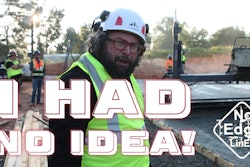
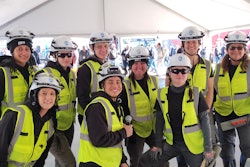
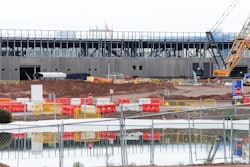

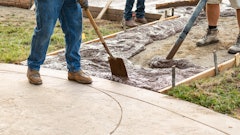
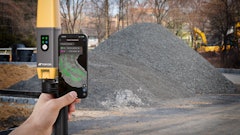
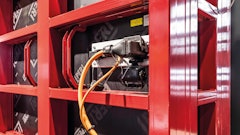




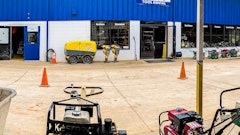
![Adobe Stock 350182902 1 6759c43d679ca[1]](https://img.forconstructionpros.com/files/base/acbm/fcp/image/2025/02/AdobeStock_350182902__1_.6759c43d679ca_1_.67b78c75671e9.png?ar=16%3A9&auto=format%2Ccompress&fit=crop&h=135&q=70&w=240)

